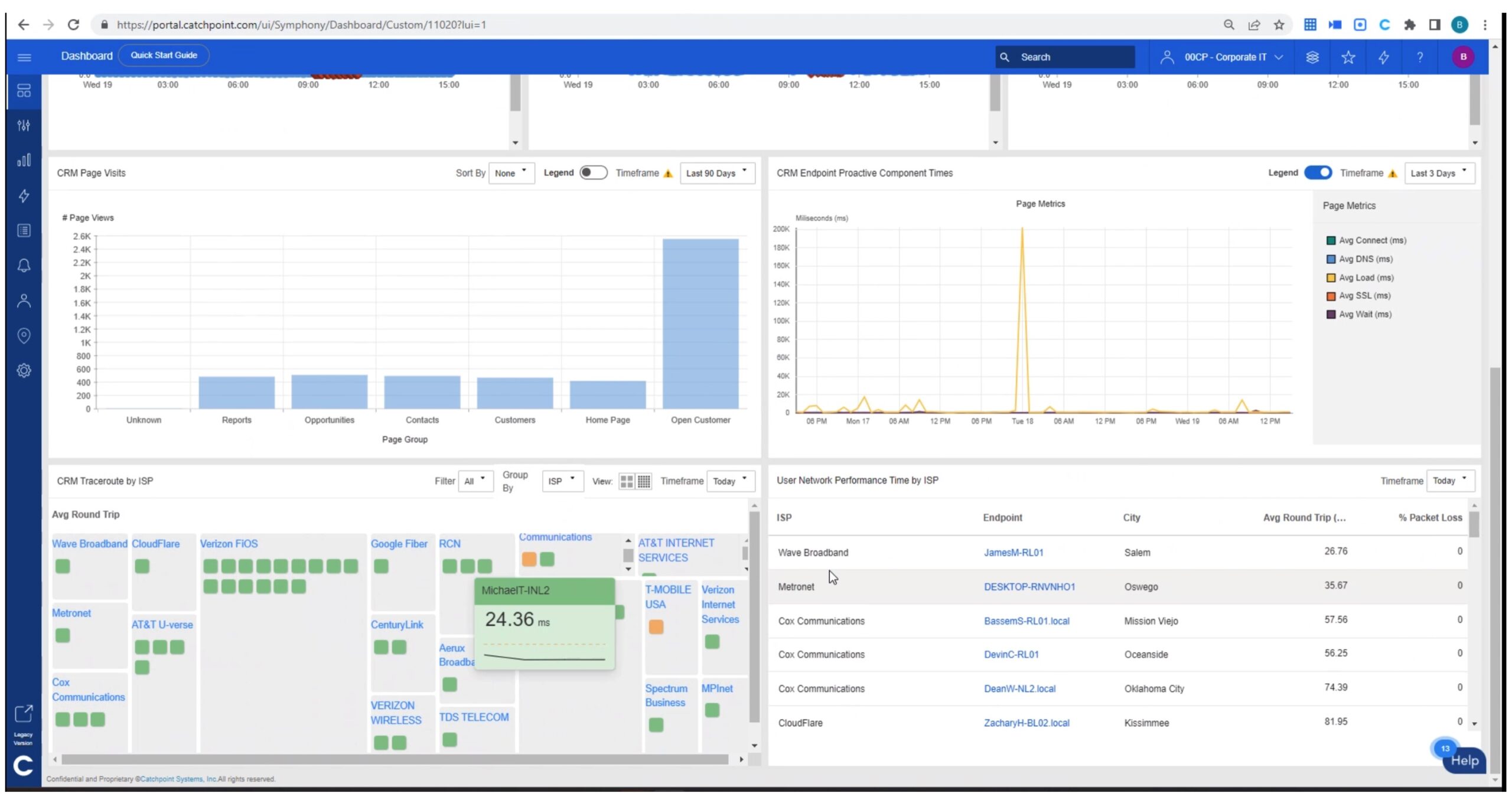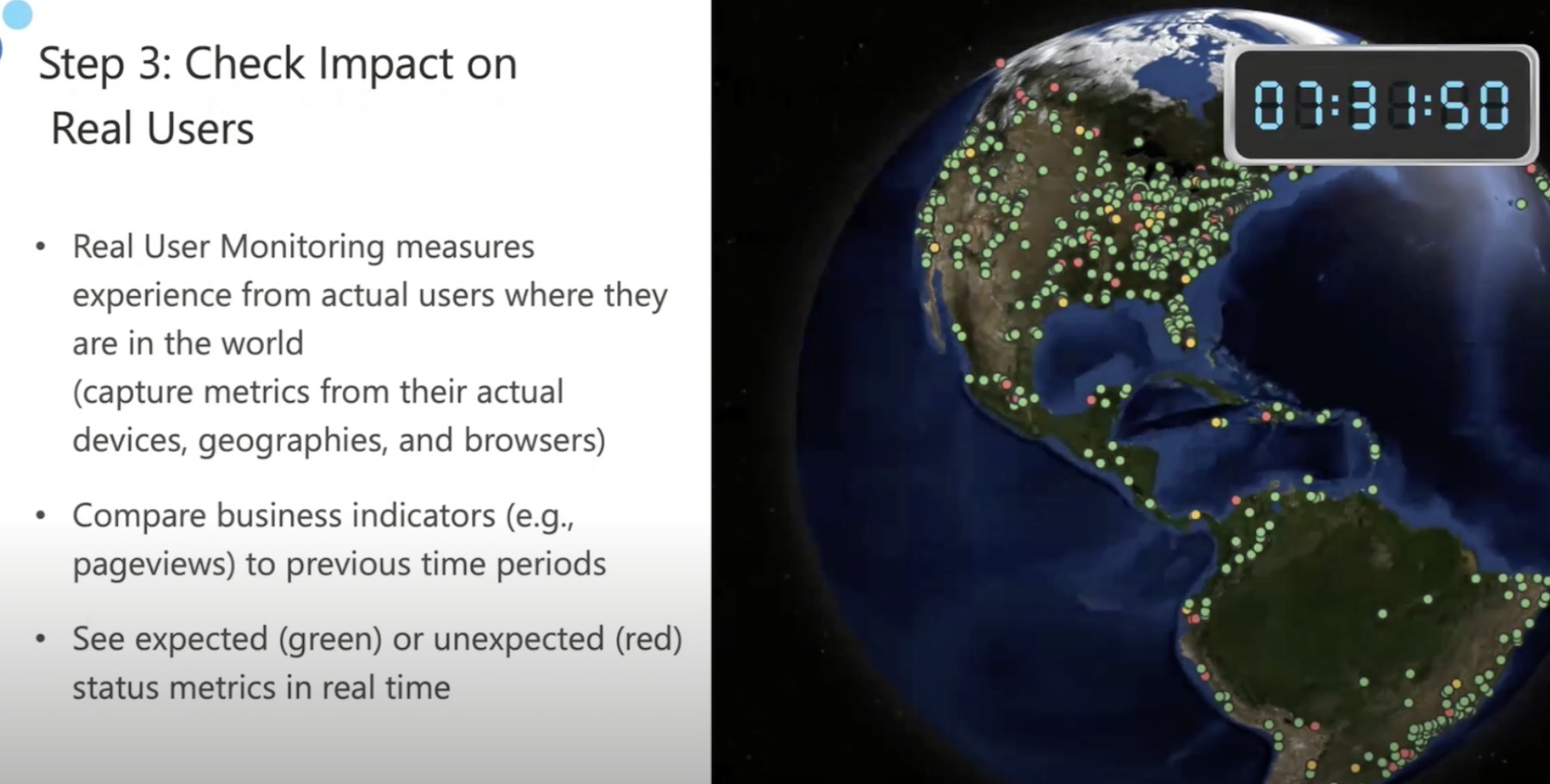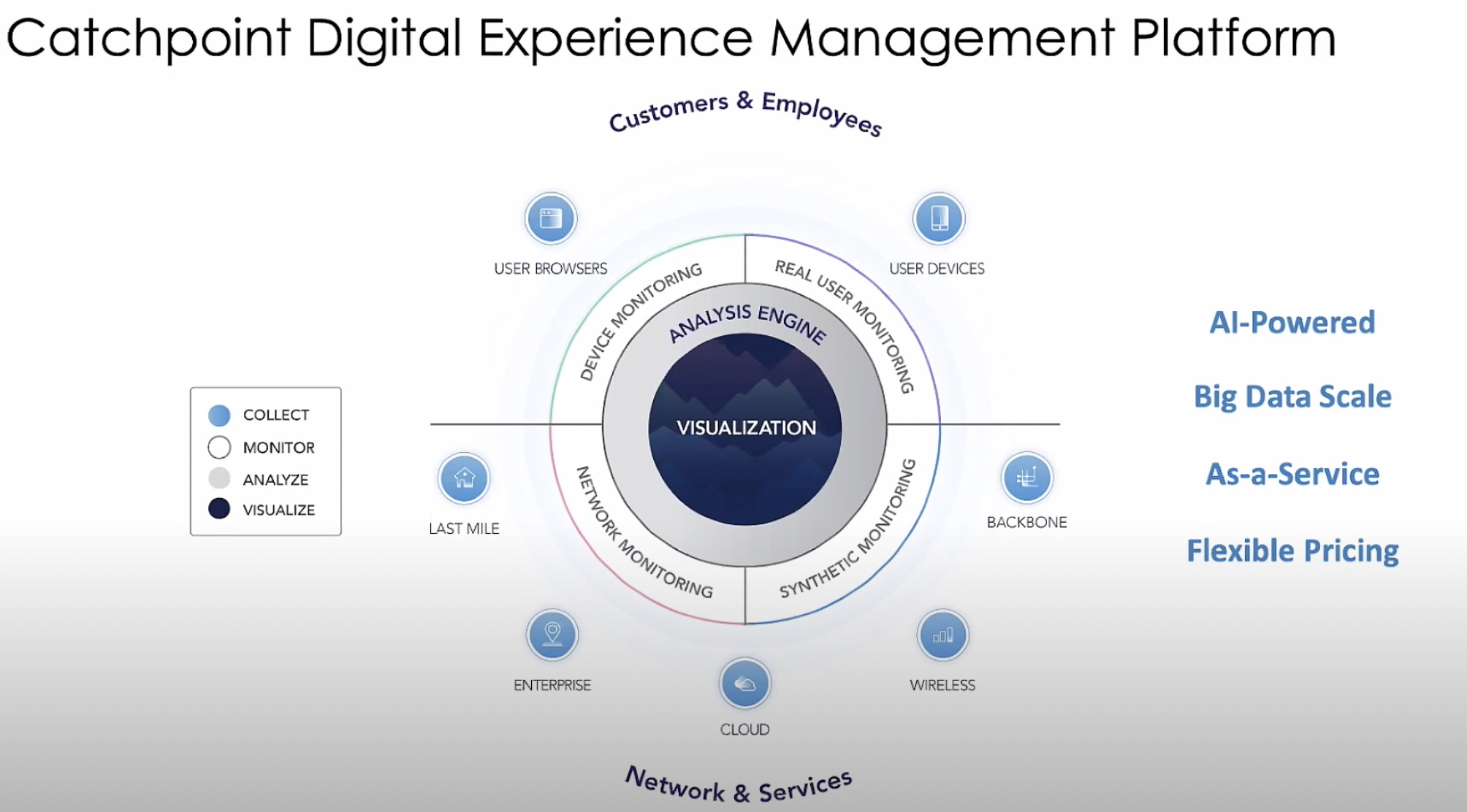How is your network performing right now? You likely have a dashboard or performance monitoring tool that can give you up-to-the-minute details about your internet connection speeds or your latency in the enterprise. You may even have a more advanced system that measures latency around application response times in the cloud and gives you metrics for things that might be outside your control.
Network monitoring has transformed from simple up/down alerting to a deeper analysis of the entire experience. Users know when something is not working at all. What they don’t understand is why something might work part of the time randomly. The shift toward cloud software offerings has made it harder to understand why your office application performance might be excellent today and horrible next Monday. We used to have all of the answers at our fingertips, but we now rely on many things we can’t fix to impact user happiness and productivity.

Modern experience management platforms can tell us these answers. We can learn about real-time metrics and understand if things are sliding toward the lower end of the usability spectrum. We can set thresholds that alert us when users are about to be unhappy with performance. These are all reactive methods, though. We’re jumping at shadows when things don’t look good. How can we take the offensive and work on ensuring they never get there in the first place?
Synthetic Monitoring Matters
During Networking Field Day 23, there was an excellent presentation from Catchpoint. The company is gaining a lot of momentum in the digital experience arena. It can help you figure out when things are going wrong and give you clues on how to fix them. That’s not all it does. Catchpoint has a full suite of tools that can provide insights into what the user needs to be thinking about around the corner. Here’s a great demo of their software in action from the event:
Getting real-time metrics is essential, but it tells you what’s going on. How can we plan for what might happen? Playing these kinds of guessing games is never easy. We can prepare for all sorts of eventualities that may never happen. However, we need to make sure we build in planning scenarios for things that will eventually occur. Situations like loss of uplinks, cloud congestion, and application performance issues will happen to you, and you need to be ready to understand them.
That’s where synthetic testing comes into play. Rather than relying solely on the real-time data collected from users, synthetic testing allows you to play those ‘what if’ games to figure out what to do to fix potential problems. You wouldn’t want to cut one of your WAN links to test the impact of reducing bandwidth, would you? With a synthetic test, you can see what would happen in a simulated WAN link outage and see how the system metrics perform. If things don’t look catastrophic for your users, you can keep running with your existing setup. On the other hand, if the resulting performance hit causes you to see that it will severely impact your employees, you can investigate other options like LTE backup or even bringing in another dedicated line to offload the traffic. The synthetic testing can even give you data on how performance would increase if a new line were added.
The other thing that synthetic testing allows is for you to recognize patterns you might not normally see. Because companies like Catchpoint are always trying to come up with new and useful synthetic tests, they can show their customers about new potential problems and help them recognize the resulting issues that come about. Suppose a synthetic test shows you poor performance on a particular link or shows a characteristic in specific areas. In that case, the platform can alert you about the issue and speed the troubleshooting and response. Think of it like the feeling you get when you see an actor in a movie and say to yourself, ‘I’ve seen them somewhere before.’ The pattern recognition from our brains helps us immensely to cut down on Mean Time To Innocence. Having a pre-loaded synthetic test pattern that replicates those patterns can assist us in ways we can’t even imagine today.
Bringing It All Together
There have been times in the past when network engineers have soured on the idea of synthetic testing. They claim it’s a substitute for real-time monitoring; in the old days of network monitoring, that might have been the case. As the technology has moved along, and we have increased our ability to collect statistics, we have realized that synthetic testing is important and has a place and a role to serve. That’s why companies like Catchpoint include it and use it effectively to help professionals do the jobs, both now and into the future.
If you’d like to learn more about Catchpoint and their digital experience monitoring platform, check out http://Catchpoint.com.




